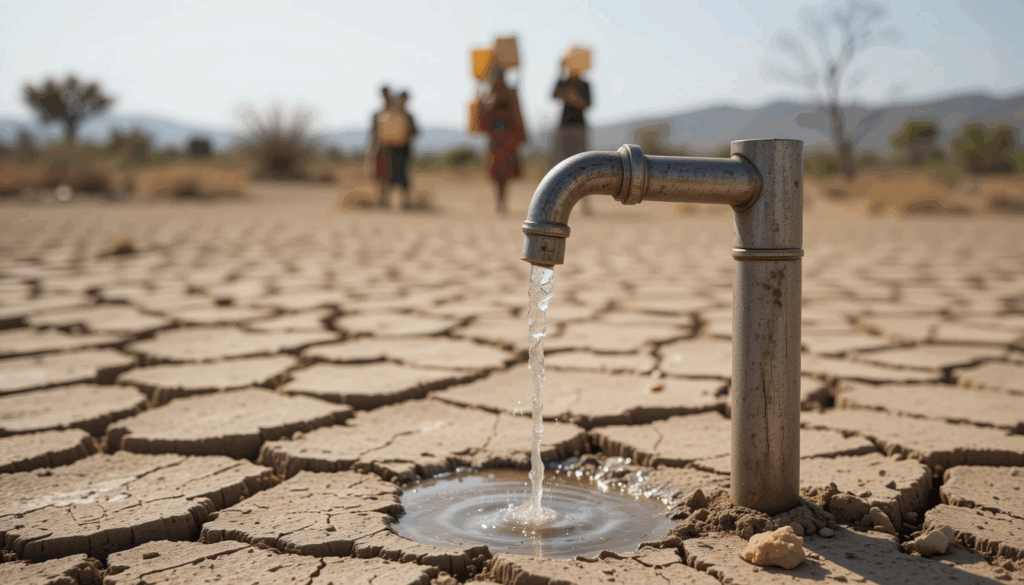In recent years, the issue of water scarcity premiums has become increasingly prominent, particularly in regions plagued by droughts. As water becomes a more precious resource, the cost of maintaining and distributing it has surged, leading to inflated utility bills that disproportionately affect those living in arid regions and low-income households. This growing financial burden is a direct result of both natural challenges and the privatization of water systems.
The impact of privatized water systems on utility bills cannot be overstated. When water management is handed over to private companies, the primary goal often shifts from public service to profit maximization. This shift can lead to significant utility bill inflation due to water scarcity, as companies charge premiums to cover the costs of infrastructure improvements and to ensure a steady water supply. Unfortunately, these costs are often passed on to consumers, who have little choice but to pay the higher prices.
In drought-prone areas, the situation is even more dire. These regions already face the challenge of limited water resources, and the added pressure of water scarcity premiums exacerbates the financial strain on residents. For instance, in areas like the southwestern United States, where droughts are becoming more frequent and severe, households are seeing their water bills skyrocket. This is particularly burdensome for low-income households affected by water scarcity, who may have to choose between paying for water and other essential needs.
The financial burden on households is further compounded by the fact that water is a necessity, not a luxury. Unlike other utilities, there is no way to reduce consumption to zero, making it impossible for families to avoid these costs entirely. This has led to a situation where many families are forced to make difficult decisions, such as cutting back on other expenses or even relocating to areas with more affordable water rates.
Moreover, the privatization of water systems and water scarcity often go hand in hand. As water becomes scarcer, private companies may see an opportunity to capitalize on the situation, further driving up costs. This has led to calls for greater regulation and oversight to ensure that water remains accessible and affordable for all.
In conclusion, water scarcity premiums are a pressing issue that demands immediate attention. Policymakers, water management companies, and communities must work together to find sustainable solutions that balance the need for water conservation with the financial realities faced by households. By prioritizing equitable access to water and implementing fair pricing strategies, we can ensure that everyone has access to this vital resource, regardless of their income or location.



